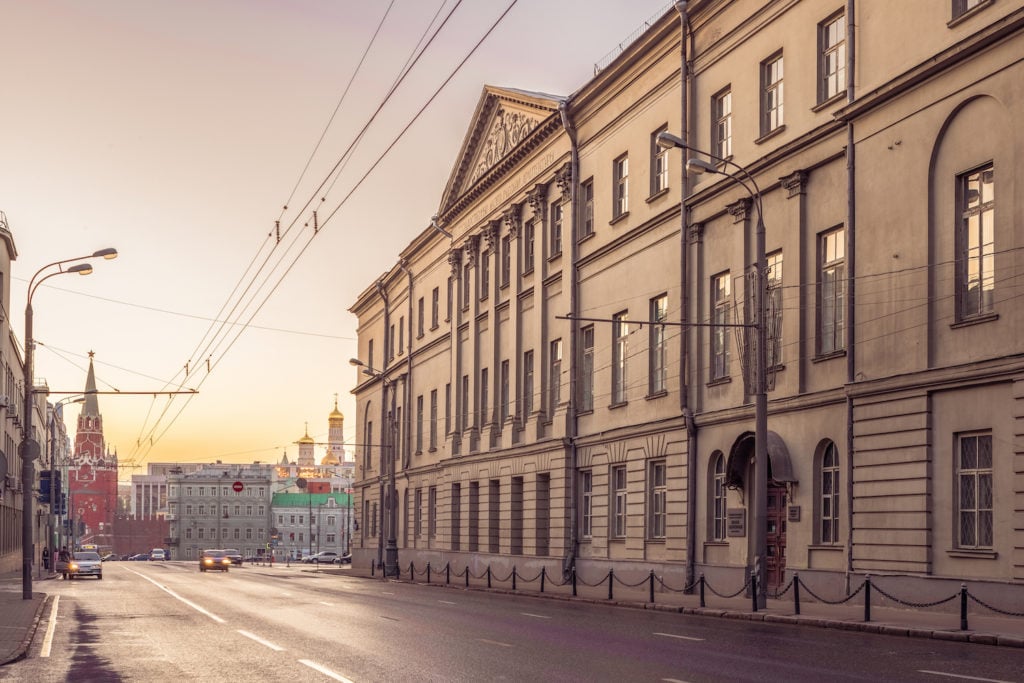Art World
Why the Swiss Fair Artgenève Is Expanding Once Again, This Time to Moscow
The Moscow event comes four years after the inception of another edition of the fair.

The Moscow event comes four years after the inception of another edition of the fair.

Kate Brown

Despite a growing sense of saturation when it comes to the number of art fairs proliferating around the world, the small Swiss fair artgenève is expanding next spring, setting its sights on Russia to launch a new set of sister fairs, artmoscow and artmoscow/curated.
The added suffix denotes what fair organizers see as two distinct but related commercial projects in Moscow. Starting in 2020, the fair will biannually organize an intimate curated edition, debuting in the Russian capital in May at the Schusev State Museum of Architecture. Then, in 2021, artmoscow (without the suffix) will launch as a more traditional fair format—with more “hermetic” booths, according to artgenève founding director Thomas Hug—at Moscow’s historic Manège, just a stone’s throw from the Red Square.
The Moscow event comes four years after the inception of another edition of the fair in Monaco, artmonte-carlo. Each fair tends to stick to what Hug has described as a “human scale,” with participants hovering at around 80 galleries.
“There are a lot of art fairs that do not make sense; to run a successful fair, you need to have the right cards in your hands,” Hug tells Artnet News. One of those cards in artgenève’s deck is a knack for opening in wealthy cities farther afield. “Destinations like Geneva and Monaco work well because there are a lot of art collectors, but there are not large bases of local galleries. That means that there is a lot of positive potential for visiting galleries,” he says.

The location for the 2020 edition of artmoscow/curated at the Shchusev Museum of Architecture. Courtesy of the Schusev State Museum of Architecture Moscow.
The logic makes sense to me. Often enough on my own fair circuit, I notice out-of-town dealers standing awkwardly at their booths while local gallery directors clink champagne flutes and give jovial hugs to their collectors, relaying details about an opening they have timed to the fair.
What’s more, artmoscow seems determined not to exhaust fairgoers, which is why it will rotate formats. The first iteration of artmoscow/curated will be organized by Francesco Stocchi from the Boijmans Museum and Samuel Gross from the Schusev State Museum of Architecture. The two have named their chapter of the curated fair “Flowing State,” which will be largely focused on voluminous, inflatable art, as well as light-based works. The pieces will be selected from 25 international galleries, and there is already a strong interest from artists represented by dealers such as Kamel Mennour, Massimo de Carlo, Emmanuel Perrotin, and Francesca Pia.
Hug says the decision to alternate between a traditional fair format and a more experimental one was also made out of respect to established fairs in the area, such as Cosmoscow, which has been operating annually since 2014 with a strong regional profile.